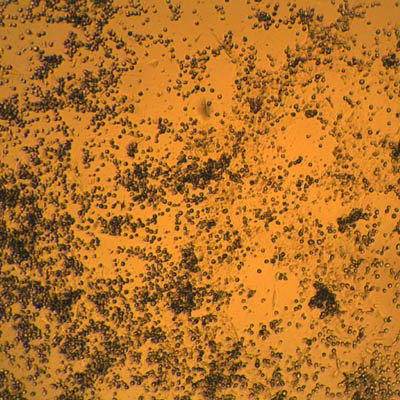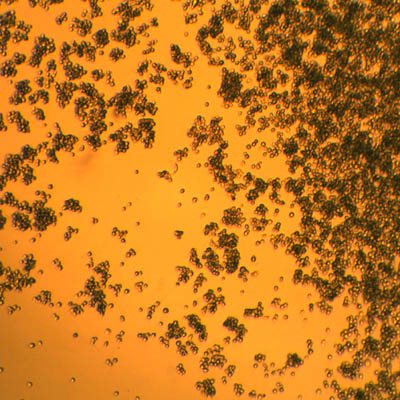Initial and Confirmatory Virucidal Effectiveness Tests for US EPA
Get A Testing Quote
From time to time, EPA identifies surrogate viruses for use in place of other viruses for virucidal efficacy testing. Typically this occurs because a virus is either exceedingly difficult to propagate and test in vitro or presents such a hazard to scientists performing testing that the virus is limited to high security laboratories (which generally do not perform disinfectant efficacy testing).
For instance, duck hepatitis virus is tested in place of human hepatitis B virus, and feline calicivirus is tested in place of human norovirus. Surrogates are chosen due to a high level of genetic, morphological, and responsive similarity to the virus they are selected to represent.


In the past, when testing was done on surrogate viruses EPA required two separate efficacy studies, called “initial” and “confirmatory.” The only difference between the initial and confirmatory tests was the number of batches tested. The Initial Virucidal Effectiveness Test was performed using two lots/batches and the confirmatory virucidal effectiveness test is performed using one lot/batch. Ideally, the studies were run at different laboratories, but EPA was known to accept both studies from the same lab so long as they were conducted by different study directors. In 2012 EPA confirmed with CSPA that only the “initial” round of testing needs to be performed, although this guidance is still being reviewed.
Depending on the product use (i.e. spray, germicidal wipe/towelette, or use-dilution) either the ASTM E1053, or the AOAC Germicidal Spray Products as Disinfectants Test modified for towelettes can be used for claims against viruses for which surrogates have been approved by the EPA.
